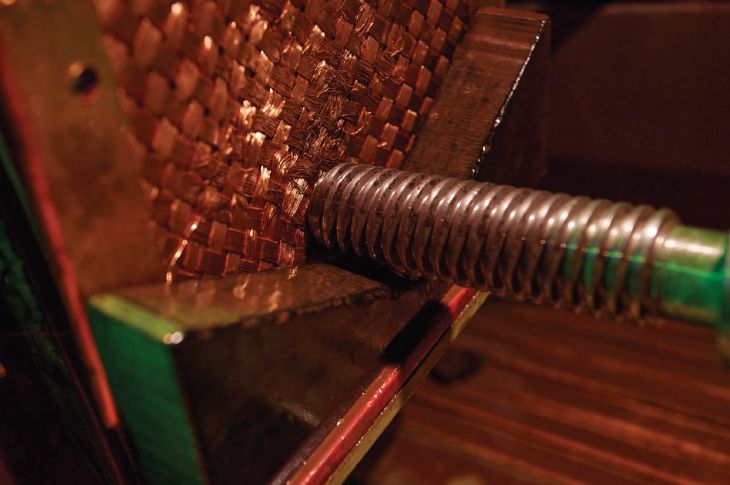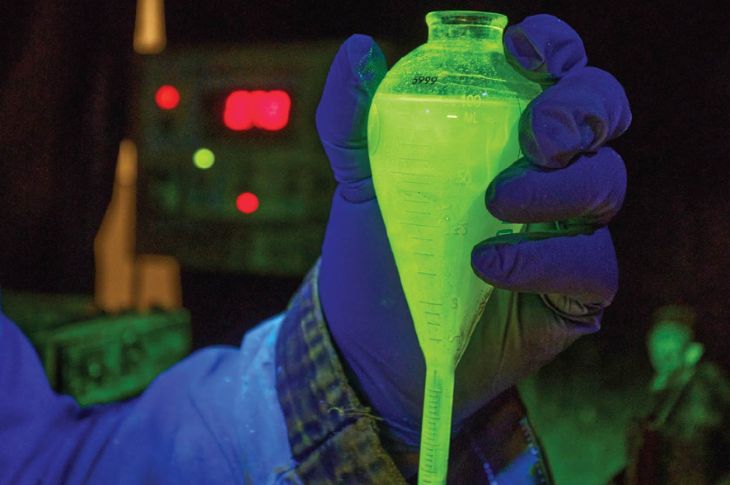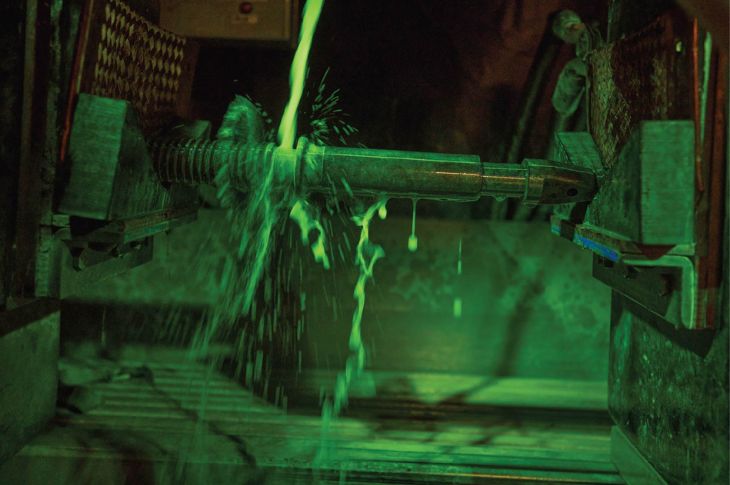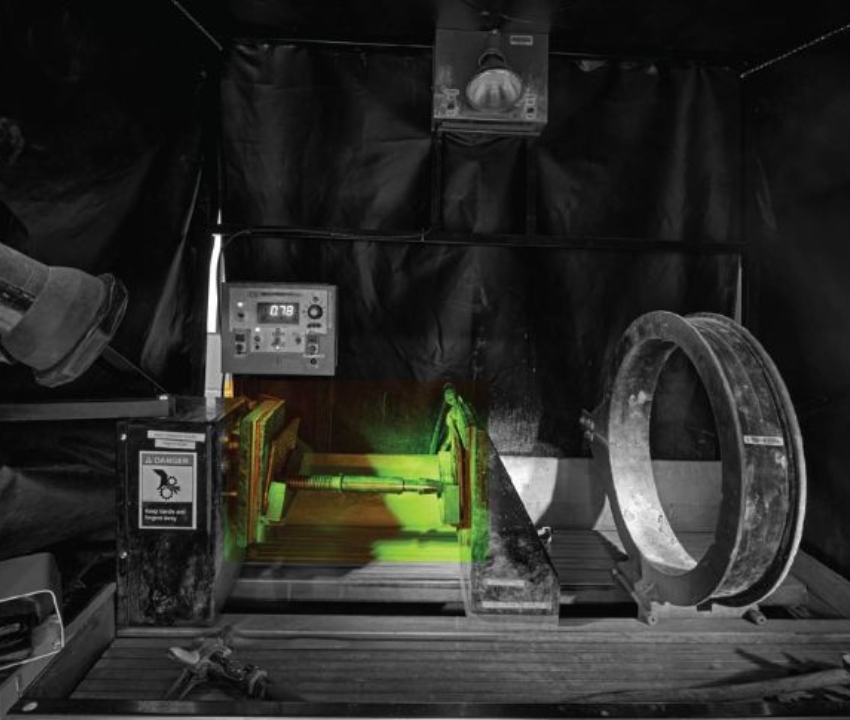This stationary wet bench uses magnetic forces and black light to find defects or damage in tools and parts - without breaking them.
That’s vital because identifying flaws or corrosion means the object can be repaired or replaced before it causes mechanical or structural failures that harm the environment, cause delays or cost lives. This bench is used by students in the Non-Destructive Testing (NDT) Foundations program to inspect small - to medium-sized parts or tools made of ferromagnetic material such as iron, steel, cobalt or nickel. The item is sprayed with fluorescent, coloured iron particles suspended in mineral oil; then electricity is run through it to magnetize it.
“If there’s a crack or another defect, the particles will tend to gather there because that’s where the magnetic lines of force are most concentrated,” explains George Gavelis, an NDT instructor with the School of Manufacturing and Automation. “When we shine black light on it, any flaw will light up.”
Tech on campus

ONE
This wet bench identifies surface-breaking and near-surface faults or flaws up to 1 millimetre deep in ferromagnetic materials.
TWO
Testing and assessment requires two kinds of magnetization: the flat copper electrodes create circular magnetic fields; the copper-wired coil creates longitudinal magnetization.

THREE
NDT certification requires:
- certified training
- qualifying work experience
- successful completion of Canadian General Standards Board (CGSB) written and practical examinations.

FIVE
NDT Foundations students learn five testing and assessment methods: magnetic particle inspection and eddy current testing; ultrasonics, liquid penetrate and radiography.
FIVE
NDT inspection is used in the five major disciplines of industry: manufacturing, transportation, construction, power generation, and oil and gas.
This story was originally written for the print version of the Fall 2022 issue of LINK magazine.

Oki, Âba wathtech, Danit'ada, Tawnshi, Hello.
SAIT is located on the traditional territories of the Niitsitapi (Blackfoot) and the people of Treaty 7 which includes the Siksika, the Piikani, the Kainai, the Tsuut’ina and the Îyârhe Nakoda of Bearspaw, Chiniki and Goodstoney.
We are situated in an area the Blackfoot tribes traditionally called Moh’kinsstis, where the Bow River meets the Elbow River. We now call it the city of Calgary, which is also home to the Métis Nation of Alberta.
